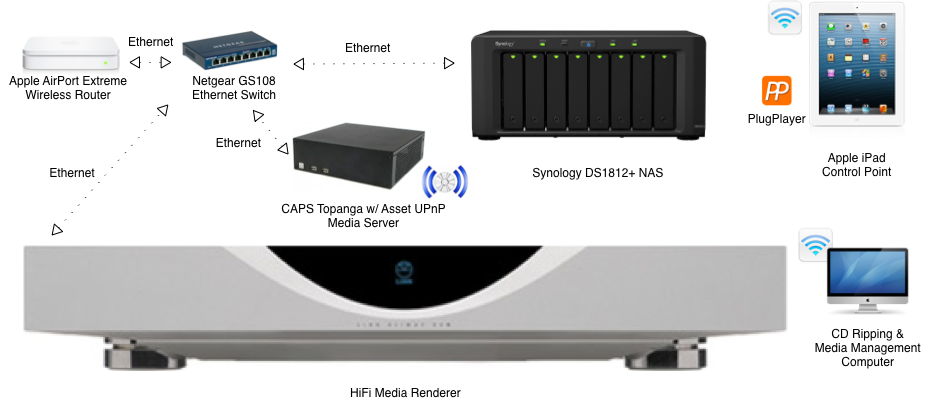

As there are multiple genres defined for the same basic genre, this makes selection and browsing more difficult. Here's a simple example: case sensitivity, in this case for genres. MinimServer takes the view that existing metadata is presented in its raw form, so such inconsistencies could present a problem. This may be due to simply incorrect data or inconsistencies in how data is stored. There's only one issue with this theoretically flexible approach: it can lead to complexity when the range of metadata values is wide. Like bliss, MinimServer is written as a server side app and, also like bliss, is available for NAS devices like Synology and QNAP (as well as other platforms).

The secondary advantage of this approach is that it is suited to large collections because of the opportunity in larger collections to have more diverse metadata basically, the larger the collection, the more possible values your tags may have and so the more difficult to find music in a strict hierarchy. You could almost say MinimServer enables the folksonomy of your music collection. Obvious examples are classical music and compilations from any genre but more generally it benefits any information architecture that is not hierarchical. Where it really shines is when music wants to escape the industry release-oriented approach. You could see this as a bottom-up approach, rather than the top-down driven approach of a hierarchy. MinimServer, on the other hand, has been built in a more flexible fashion: using its intelligent browsing mechanism you can select genres, composers and other fields to progressively narrow down the results across the library. Broadly, most UPnP media servers approach library browsing from the traditional artist / album / track hierarchy. And, indeed, many UPnP servers are pretty similar, offering similar browsing capability.
#ASSET UPNP FOR SYNOLOGY SOFTWARE#
If a standard is overly prescriptive, it means the software writers have less leeway to be creative in how their software works. Nevertheless, without UPnP we'd have a much more closed choice of software to construct our home music networks. In practice it can be a bit more tricky than that, with some servers supporting different capabilities. It defines how libraries can be browsed, and how playback itself can work.īecause UPnP is a standard, it means (in theory) you can choose which UPnP source ( Media Server), controller ( Control Point), or playback device ( Renderer) you like. It's an industry standard that defines how media (that's music to us) sources and playback devices interact. Browse different: why MinimServer stands out from the UPnP crowdįor the DIY digital audio enthusiast, UPnP is often the bedrock of a home music network.


 0 kommentar(er)
0 kommentar(er)
